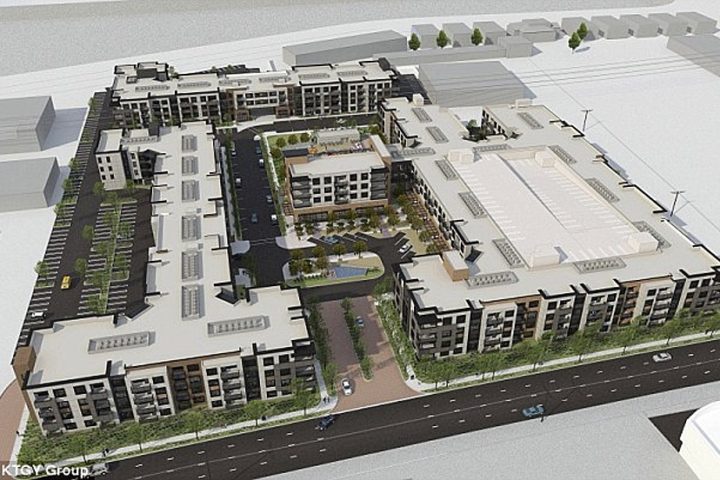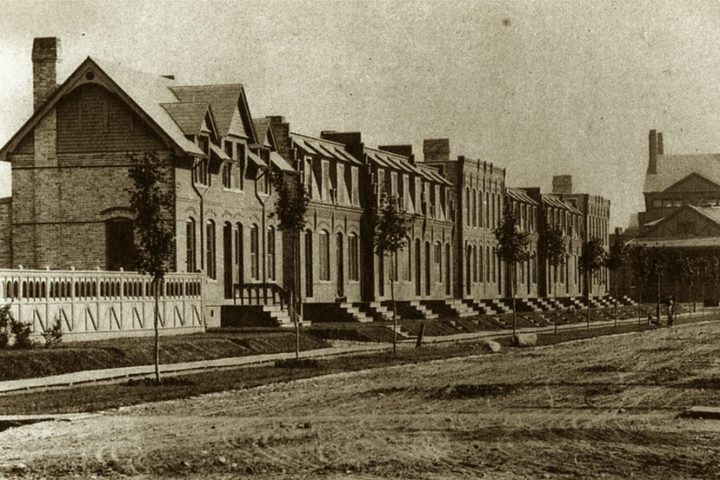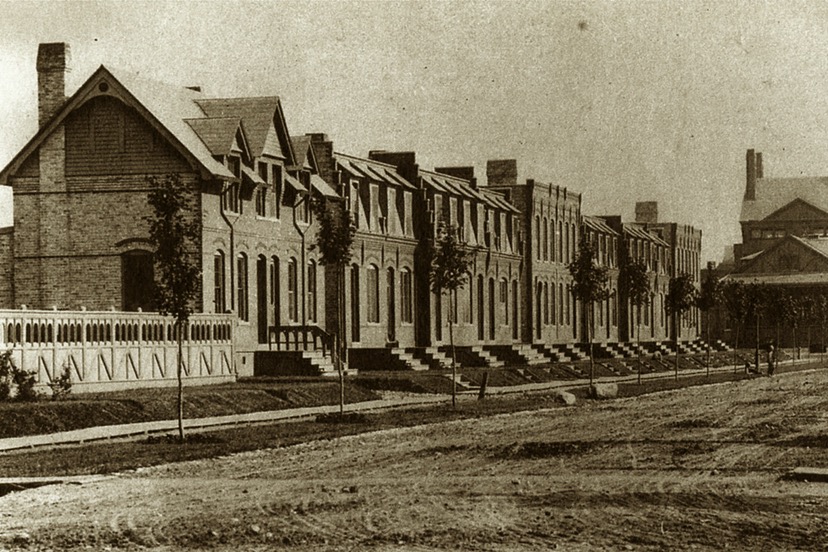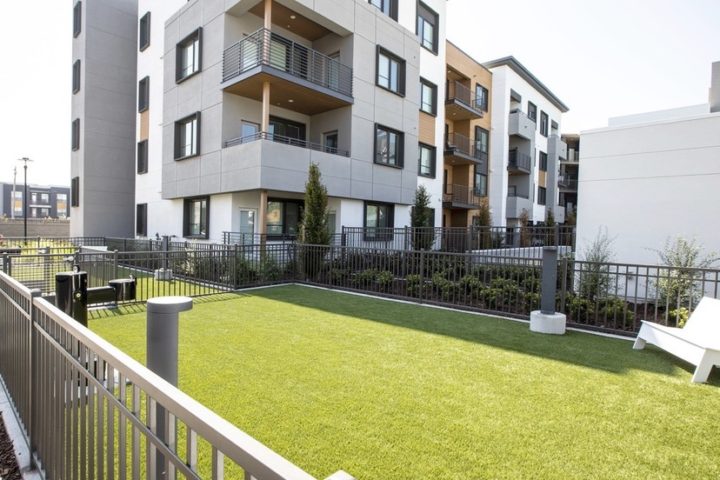Life shouldn’t be stressful. From our grab & go kitchen and coffee café for those quick mornings, to a rooftop deck and sports lounge for those late nights – this space was designed for you.
— from the Anton Menlo housing complex website.
For the purposes of this editorial series, I have been assuming that the company currently applying for Archuleta County tax subsidies for the apartments on Lewis Street — the company named “Olympus SRH, LLC” — has been using the acronym “SRH” in its name to indicate “Springs Resort Housing”. The assumption also relies on the fact that the person who has approached the Archuleta Board of County Commissioners, asking for taxpayer subsidies for the apartment project, is Mr. David Dronet, “Managing Principal” at the Springs Resort.
I’m assuming that the company’s intention is to house Springs Resort employees in those apartments, perhaps exclusively. Other than the obvious correlations just stated, I have no evidence that this is the case; it’s speculation on my part.
The letter from developer David Dronet to the BOCC says nothing at all about “company housing”.
Here in America, I think most of us believe that business owners have the right to keep secrets from the public, and from potential competitors. This right to secrecy, within a business operation, rarely gets questioned.
At the same time, we have laws that require our local governments to operate in a relatively transparent, non-secretive manner, since they are (theoretically) servants of The People and since they are spending money they’ve extracted from us through various taxing methods. Since they are expending a portion of the community’s wealth, on behalf of the community, Colorado law requires, for example, that all official government decisions made by elected officials take place in open, public meetings. Colorado law requires that government boards publish their proposed annual budgets prior to approval, and requires that they accept public comments on those annual budgets.
When a business owner’s “right to secrecy” meets a government board’s requirement for “public transparency”, we have an interesting situation.
You can download Mr. Dronet’s letter to the BOCC here, if you haven’t already done so.
During a conversation this week with a local activist, I was asked what I thought of David Dronet’s proposal, to have the County government help subsidize his “affordable housing” project on Lewis Street by, in essence, refunding his property taxes on an eight-unit apartment building for 15 years.
I confessed that I had mixed feelings. Our community has done very little, over the past 15 years, to address the worsening housing situation here, and now we see Mr. Dronet proposing to do something about workforce housing, in his own business-like fashion. But I also confessed that the project conjures up pictures in my mind of “company housing” — historically, a sometimes-oppressive development in certain “company towns” in America.
Are we destined to become a company town, where employees will have to hand a chunk of their wages back to their employers, before they can have a decent place to live?
One modern version of “company housing” is exemplified by a $120 million housing complex near Facebook’s California headquarters in Menlo Park, featuring 360 dwelling units that will charge a monthly rent of between $2,500 (for a studio) and $4,395 (for a two bedroom). Facebook employees had been complaining about having to commute to work, so Facebook’s corporate leadership decided to cash in on the need for proximate employee housing.

This is a modern twist on a 140-year-old idea, but, historically speaking, not all company housing has been quite this luxurious. Or expensive.
At the end of the 19th century, most American companies were leaving the housing of their workers in the hands of real-estate speculators, but a few directly intervened to provide housing. One of the more ambitious and controversial company housing projects was conceived by railroad car magnate George M. Pullman in 1880, when he founded the Town of Pullman on Chicago’s southern suburban fringe. According to Pullman’s paternalistic social vision, his housing was “designed to foster in workers the virtues of industriousness, temperance, thrift, and cleanliness.” All dwellings, from the bachelor apartments to the free-standing houses, featured running water, gas, and garbage disposal. The Pullman company maintained total control over housing: they owned the land and buildings, set the rents, and screened (and evicted) tenants.
We shouldn’t minimize the provision of running water and trash service; these were luxurious labor-saving features in 1880. Obviously, Mr. Pullman was not merely a typical money-grubbing capitalist.

But Mr. Pullman was a capitalist, nevertheless, and when it came to a choice between his workers and his own wealth, he made a choice.
During the Panic of 1893 — a severe recession — the Pullman Palace Car Company cut wages, as demand for new passenger cars plummeted and the company’s revenue dropped. A delegation of workers complained that their wages had been cut, but not the rents at their company housing, nor other costs in the company town. When Pullman refused to lower rents or go into arbitration, some of the workers organized the Pullman Strike of 1894. The strike and a simultaneous boycott shut down much of the nation’s freight and passenger traffic west of Detroit, Michigan. During the course of the strike, 30 strikers were killed and 57 were wounded. Property damage exceeded $80 million.
One curious thing I found in reading Mr. Dronet’s proposal letter. He writes:
The units will be rented to individuals working in Pagosa Springs and will be rented at $550-$650 per month, including utilities, which is beloew the 60% AMI threshold established by the Colorado Housing and Finance Authority (“CHFA”) for Archuleta County.
A 60% AMI threshold would seem to qualify these apartment units for taxpayer assistance. 60% AMI is, in fact, the threshold established by the federal government for LIHTC (Low-Income Housing Tax Credit) subsidies.
But in his very next sentence, Mr. Dronet says:
It is the intention of the Olympus SRH to continue to rent the Lewis Street Apartments as workforce housing (at or below 100% AMI) for the foreseeable future.
Well, I guess I have to ask. Which is it ? 60% AMI or 100% AMI% ?
Those are two completely different numbers.



